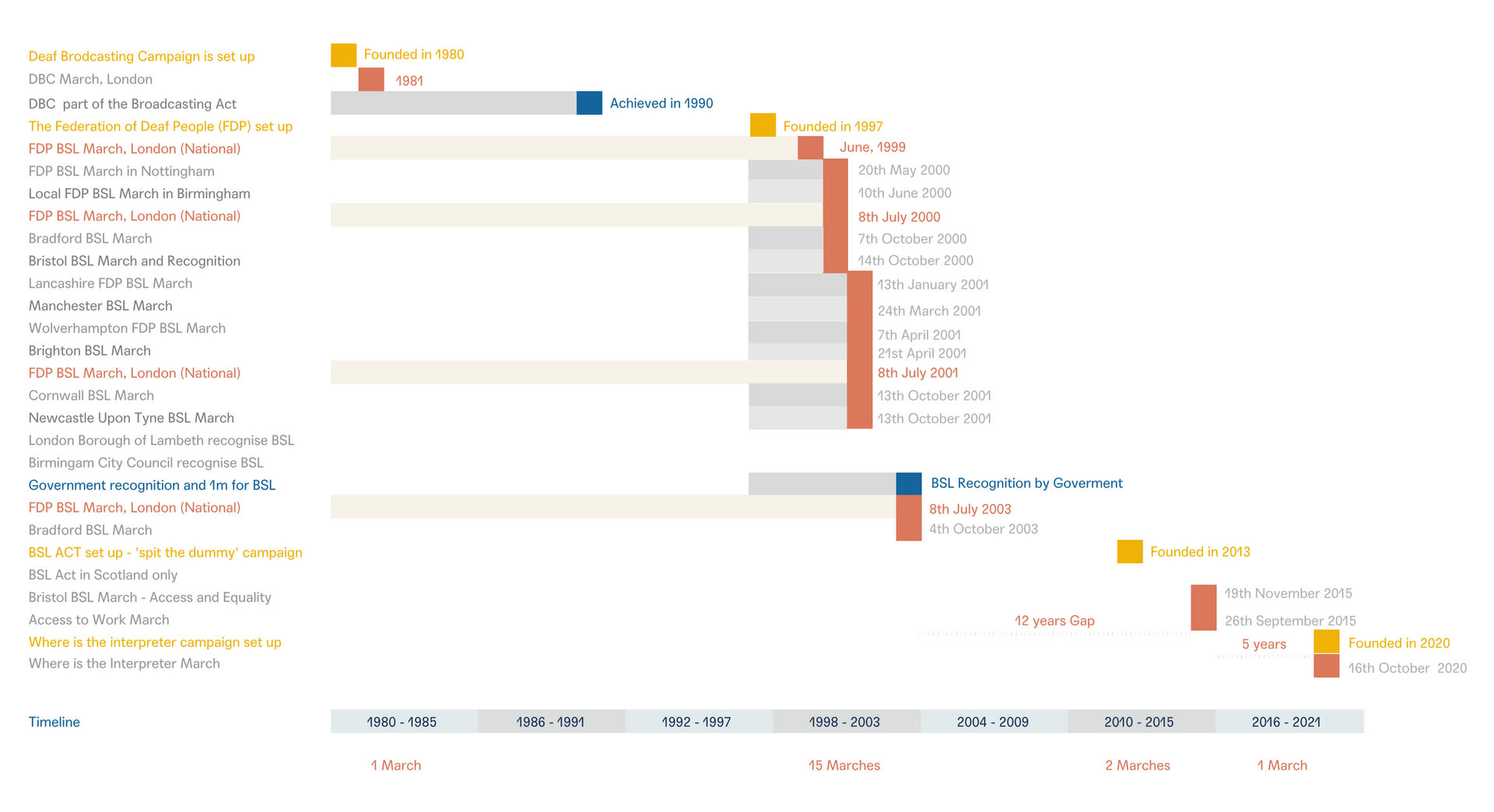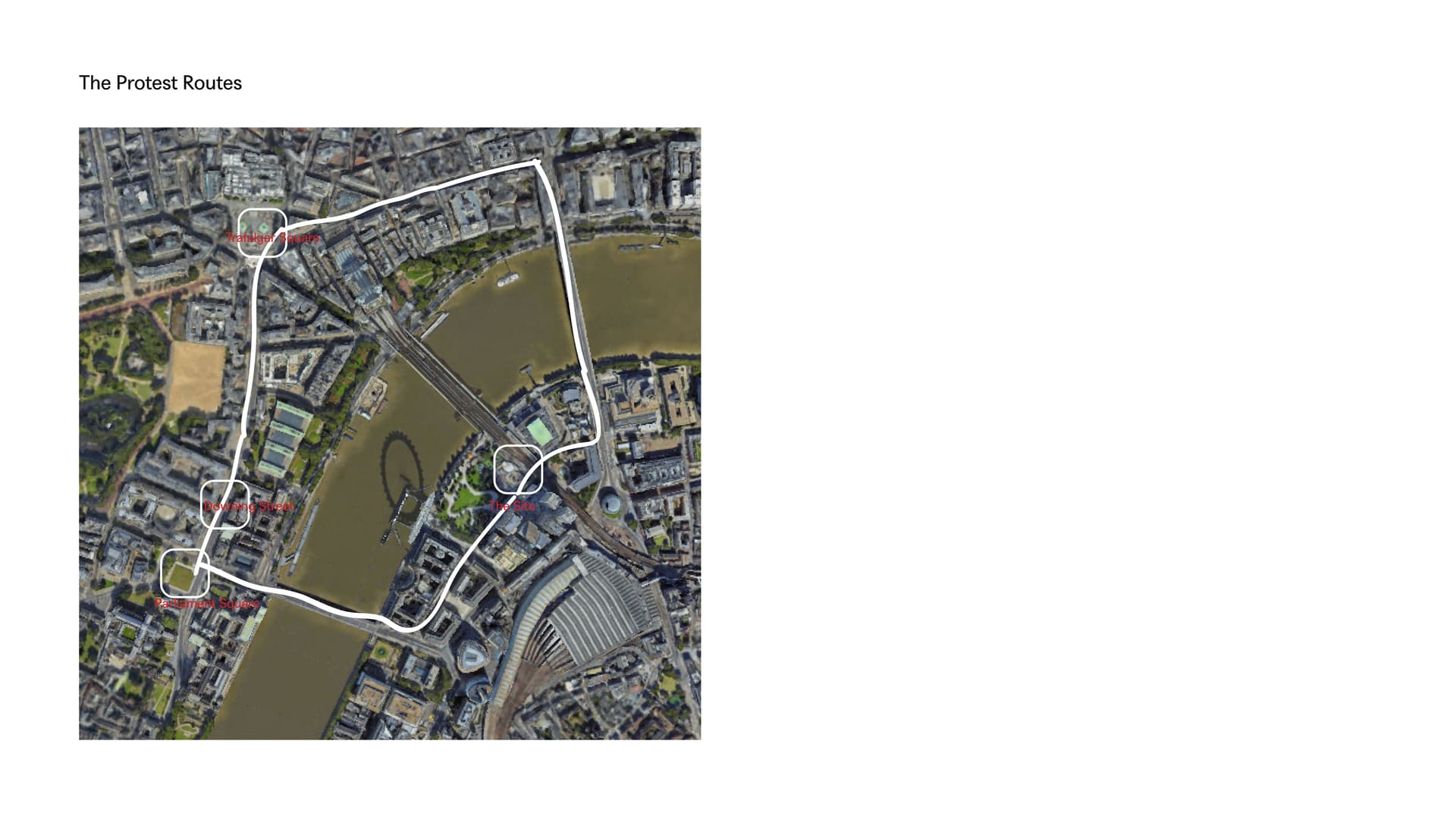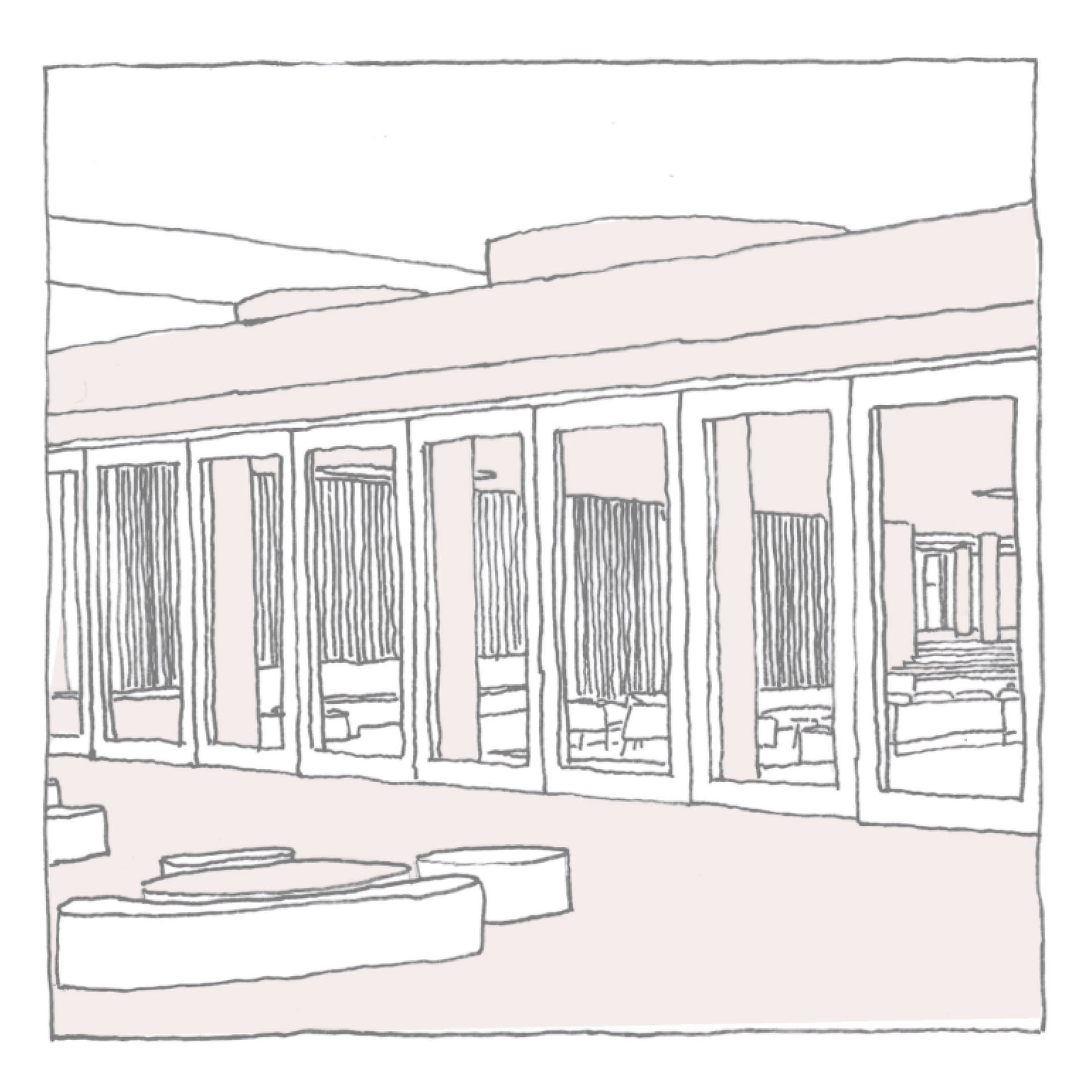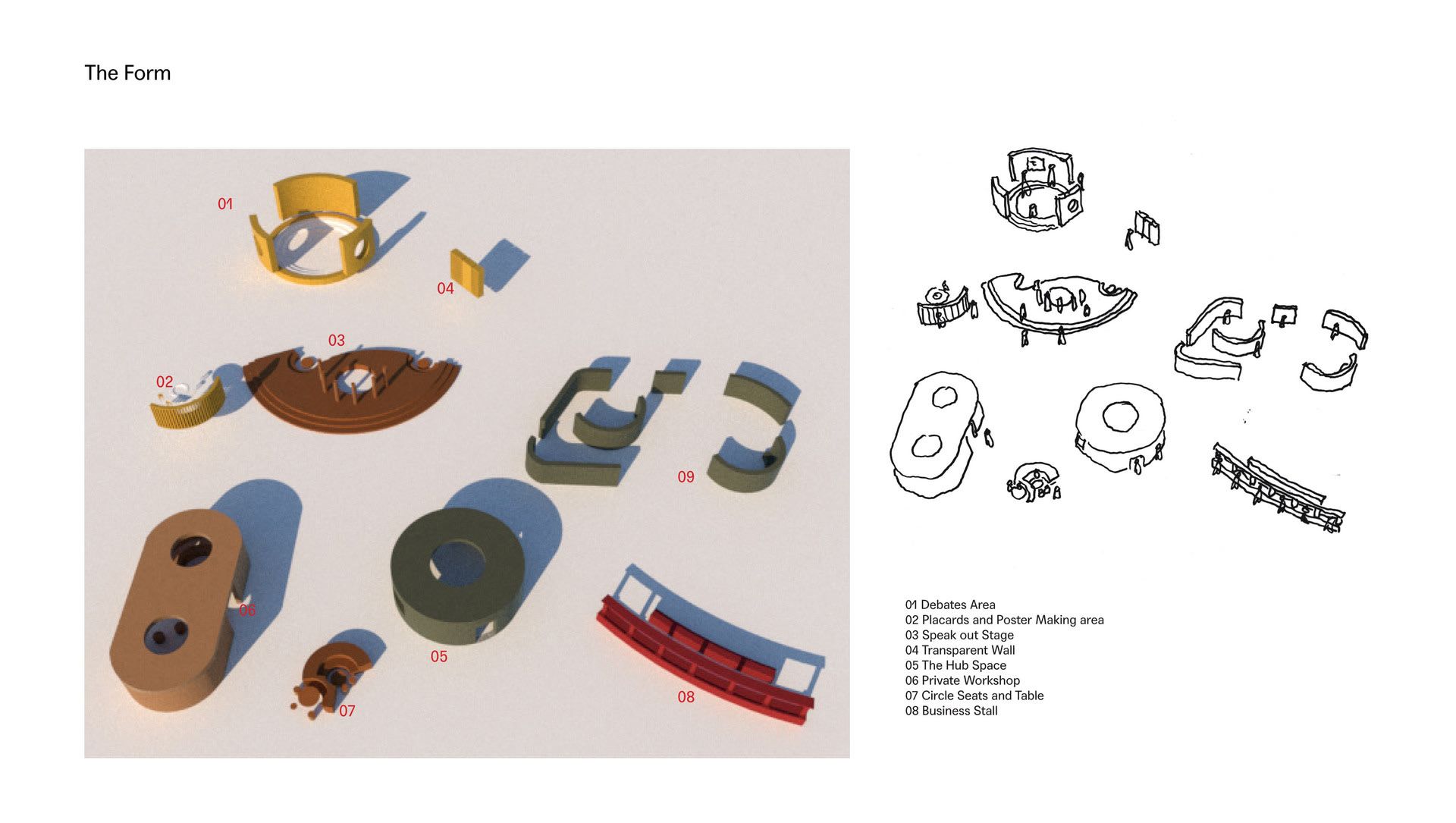Chris is keen to facilitate engagement between young members of the Deaf community and the spatial practice industry - hoping to see greater opportunities for the field of architecture to benefit from Deaf peoples’ perspective in the near future.
Chris’s practice interests are grounded in the connection between accessible design and improved public experience. Specifically, the themes of Deaf Space, Accessibility, Ornamentation and the role of the Facade, all feature prominently - with a passion for existing buildings that possess detail and character. Of particular interest are the ways buildings can represent both location and the timeline of history, as well as communicate information about the function, contents or actions that can take place within a space. For instance, Nottingham Contemporary or the Natural History Museum.
His current research focuses on the final project BSL Pavilion and the role that DeafSpace elements and inclusive design have in designing the future, presenting ideas that connect and engage the Deaf community with architecture. The work also seeks to put the needs of our communities first, a drive that seems to resist the dominant attitudes in current practice. The eventual goal of which is to establish a non-hierarchical practice of inclusivity and innovation.
















